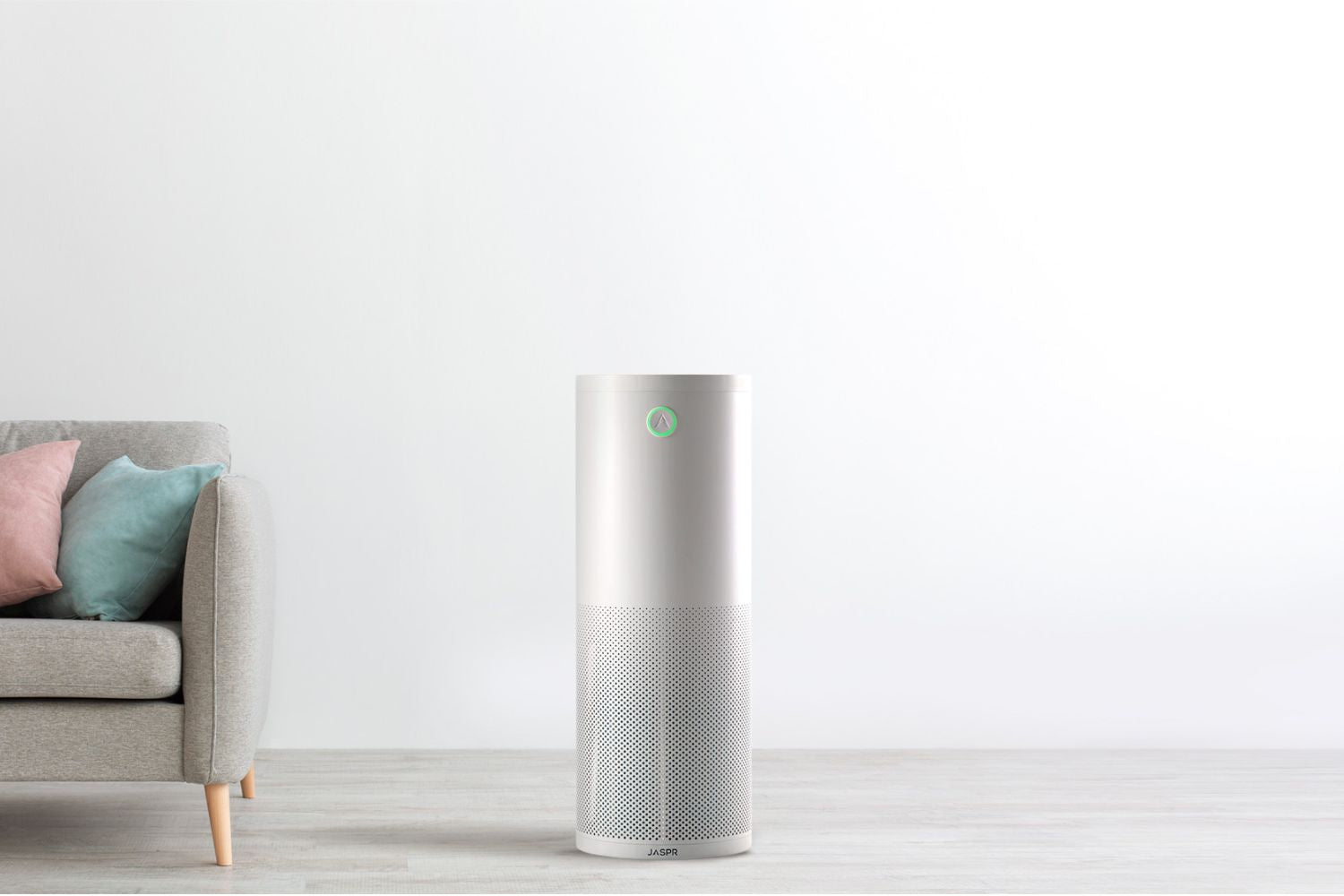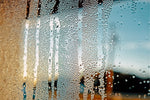Can Air Purifiers Remove Microplastics?

Jaspr Air Scrubber Microplastics Lab Test
We already know microplastics are in our oceans, our food, and even in our blood. But one growing area of concern is often overlooked: airborne microplastics. These invisible plastic particles come from clothing, tires, packaging, and indoor dust—and we breathe them in every day.
While the science around the health impacts of microplastics is still evolving, early evidence links inhalation to lung inflammation, cellular damage, and possible long-term effects. Yet despite the rising concern, no standardized test exists to evaluate how well air purifiers capture microplastics.
So, we at Jaspr decided to take matters into our own hands.
Why We Ran a Microplastics Filtration Study
At Jaspr, our mission is to bring clean air to every space. That means going beyond just filtering smoke, dust, and allergens—we want to understand how our air scrubber performs against emerging contaminants, like microplastics.
We realized that while microplastics are increasingly detected in indoor and outdoor air, most air purifier companies aren’t testing for them, and even if they are, the results aren’t being made public.
We wanted to change that. We wanted data—transparent, measurable, and real.
Why We Used Latex Beads Instead of Real Microplastics
You might wonder: why test with latex beads instead of actual microplastics?
Here’s why:
-
Standardization: Real microplastics come in a variety of shapes, sizes, and compositions. Latex beads offer uniformity in particle size, which is essential for controlled testing.
-
Size Match: The latex beads used in our test ranged from 0.016 to 10 microns, which aligns with the typical size range of airborne microplastics found in both indoor and outdoor air.
-
Safe & Controlled: Latex beads are non-toxic and ideal for lab conditions. They’re widely used in filtration tests to simulate ultrafine particulate matter.
In other words, latex beads were the best scientific proxy available to test a real-world problem under lab conditions.
How the Jaspr Test Was Performed
To ensure integrity, we partnered with an independent laboratory that specializes in aerosol science.
Here’s a breakdown of the testing protocol:
-
Preparation of the Test Chamber: A sealed space was used to simulate a real indoor environment.
-
Introduction of Latex Particles: Measured quantities of latex microbeads were dispersed into the air to achieve consistent particle concentrations.
-
Operation of the Jaspr Air Scrubber: Our unit was placed inside the chamber and turned on.
-
Continuous Monitoring: Over a 60-minute period, instruments measured the concentration of latex particles at intervals to track how efficiently Jaspr was removing them from the air.
This approach allowed for precise quantification of how quickly and effectively Jaspr cleared the air of particles equivalent in size to microplastics.
What the Results Showed
The results were clear—and impressive.
-
98.73% of the microplastic-sized particles were removed from the air within 60 minutes.
-
The Clean Air Delivery Rate (CADR) for particles as small as 0.016 microns was measured at 276.4 cubic feet per minute (CFM).
-
These results confirm Jaspr's capability to remove ultrafine particles, which include microplastics, smoke, and industrial pollutants.
This isn't just about removing dust or allergens—it’s about removing particles small enough to enter the lungs, cross into the bloodstream, and reach organs.
Why This Matters
Airborne microplastics are a silent and invisible threat. Research has shown:
-
Infants and pregnant women inhale the most microplastics due to higher breathing rates and body size ratios.
-
Microplastics have been found in human lungs, placentas, and blood.
-
They are nearly impossible to avoid in modern life, especially indoors.
With indoor air often being on average 5 times more polluted than outdoor air, it's critical that the air cleaning devices we rely on can remove even the smallest threats.
At Jaspr, we believe in transparency and accountability. That’s why we not only ran this test, but are making the full results public.
See the Full Test Results
Final Thoughts
The conversation around air quality is evolving—and Jaspr is evolving with it. As microplastics become a growing concern, consumers deserve data. This test is part of our commitment to cutting through the noise and delivering clean air you can trust.
Have questions about the test or Jaspr’s capabilities? Reach out. We're always happy to show the science behind the cleanest air.
Learn more about Jaspr Air Scrubber
Back to Blog


